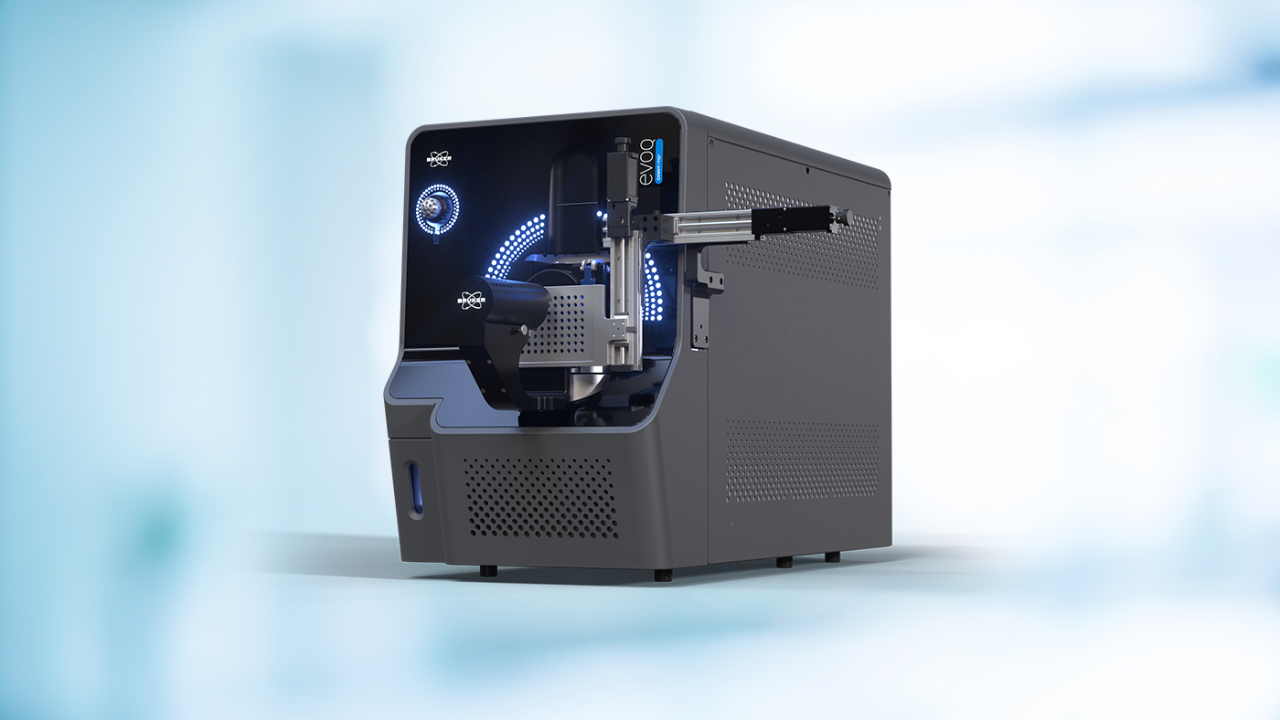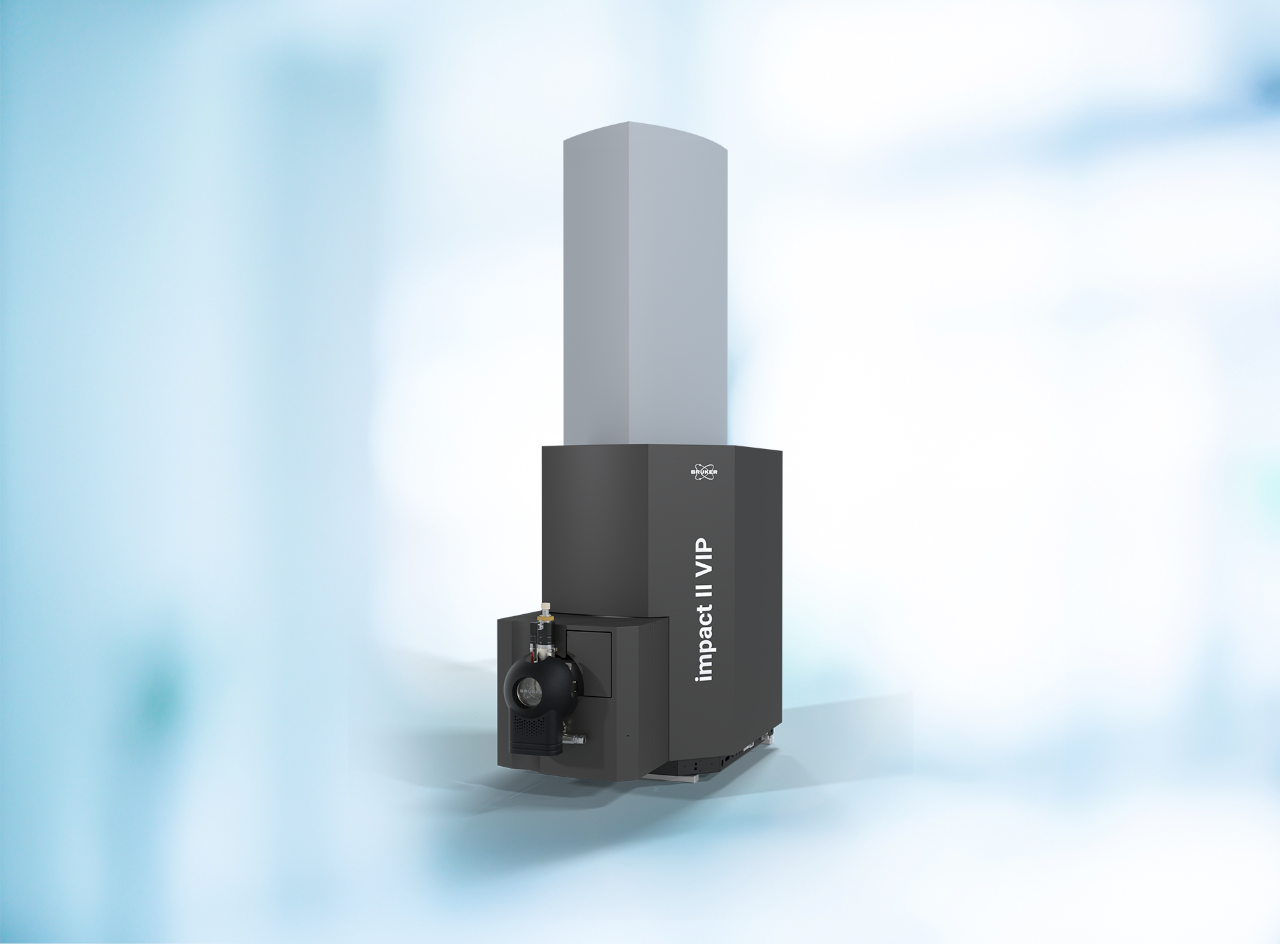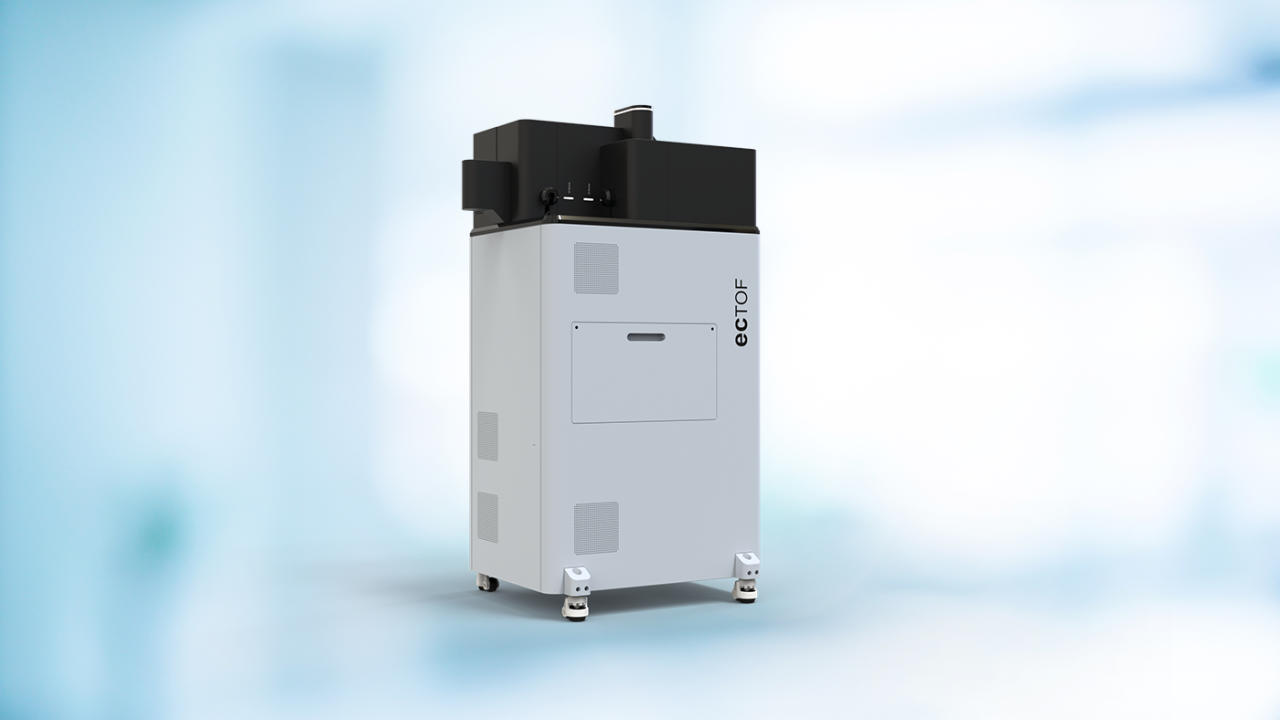

RAFA 2024
Welcome to RAFA 2024
We look forward to welcome you at the 11th International Symposium on Recent Advances in Food Analysis in the golden city of Prague. This year’s conference promises to be a dynamic and enlightening event, bringing together experts, researchers, and industry leaders from around the world.
What to expect:
- Food Analysis workshop: Don’t miss our vendor seminar on Wednesday, November 6th, from 13:30 to 14:15! We'll present cutting-edge solutions in food analysis, focusing on allergies, authenticity, and traceability, with our three distinguished speakers Prof. Dr. Jens Brockmeyer, Dr. Linda Monaci and Dr. Eliska Ceznerova.
- Our new AllergenScreener solution - meet the experts: Join Prof. Dr. Jens Brockmeyer and Dr. Eva Niehaus for an in-depth on the next generation of food allergen analysis and a look at the new AllergenScreener solution at the Bruker booth on Thursday, November 7!
- Innovative instruments & workflows: Explore our state-of-the-art analytical equipment designed specifically for food analysis.
We look forward to meeting you in Prague and discussing how our products and services can support your analytical needs.
You can also follow us on LinkedIn for the latest updates and more information on our solutions.
RAFA 2024
5 - 8 November 2024
Prague, Czech Republic
Clarion Congress Hotel Prague
Visit our Bruker Booth: Stand #10
Paradigm Shifts in Food Analysis: Breakthrough Solutions for Allergies, Authenticity, and Traceability
Welcome to our vendor seminar at the RAFA Conference! We are excited to present a series of groundbreaking talks on Paradigm Shifts in Food Analysis: Breakthrough Solutions for Allergies, Authenticity, and Traceability. Join us on Wednesday, November 6th, from 13:30 to 14:15 for an insightful session featuring three distinguished speakers.
We look forward to your participation and engaging discussions on these cutting-edge advancements in food analysis!
Bruker Vendor Seminar
"Paradigm Shifts in Food Analysis: Breakthrough Solutions for Allergies, Authenticity, and Traceability"
Date: Wednesday, November 6th
Time: 13.30-14.15
Seminar Topics
Moving Towards the Next Generation of Food Allergen Analysis
- Speaker: Jens Brockmeyer, Head of Department Food Chemistry, Institute of Biochemistry and Technical Biochemistry, University of Stuttgart, Germany
- Overview: Discover the AllergenScreener solution, an advanced MS-based technology that detects a wide range of allergens in a single run. This comprehensive workflow integrates meticulous sample preparation, HPLC-mass spectrometry analysis, and sophisticated data analysis software, streamlining laboratory processes and enhancing the accuracy and efficiency of allergen detection.
Chromatography-free Screening and Quantification of Saffron Adulteration with Safflower by DART-TQ
- Speaker: Linda Monaci, Research Director at Institute of Sciences of Food Production - National Research Council of Italy
- Overview: Learn about the innovative DART-TQ technology, a plasma-based ambient ionization technique that allows rapid, automated analysis of saffron purity. This method involves fast sample extraction and the identification of safflower markers, providing a robust tool for adulteration assessment without the need for chromatography.
Simultaneous EI and CI in Single GC Runs for Confident Unknowns Identification in Non-Target Analysis
- Speaker: Eliska Ceznerova, Application Specialist, Tofwerk Ag, Switzerland
- Overview: Explore a novel GC-HRMS technology that simultaneously operates EI and CI sources, generating structural and accurate mass molecular ion information in a single run. This approach improves the confidence in identifying unknown compounds and is applicable in various fields, including environmental contaminants, material emissions, food flavor analysis, and metabolomic research.
Join us for the Bruker poster presentations at RAFA 2024
Learn about the latest developments set to shape the future of food analysis:
- Direct Analysis in Real Time Combined with High Resolution Mass Spectrometry for Rapid Food Authenticity Testing: Example of Black Truffles
- Sample Preparation- and Chromatography-free Analysis of Cinnamon Products Enabled by Direct Analysis in Real Time
- Novel Triple Quad Approaches for Reliable and Sensitive Quantification of a large Number of Pesticides in a Single Run
- Ultra-sensitive PFAS analysis according to EU regulations in food and environment
- Detecting PFAS beyond the Current Regulative Request: a Comprehensive Overview of the Contamination in Water by UPHLC-Ion mobility-HRMS
- A Novel Approach in Addressing the Challenges of Monitoring Multi-classes of dioxins and other POP in a Single Run by GC-Ion Mobility-HRMS
- A fast and novel workflow for screening smoke from forest fires affecting food quality by SPMESH-DART-MS/MS
- Highly Improved Compound Identification in Non-target Analysis using a Novel GC-HRMS with Simultaneous EI and CI
Visit Bruker Applied MS at booth #10 to speak to our mass spectrometry experts and learn more about our food analysis solutions.
Seminar Registration
We are looking forward to seeing you at seminar at this year's RAFA. As space is limited, please save your seat and fill out the registration form on the offical RAFA website.
See you soon in Prague!
Link opens an external window. Please follow the information provided by RAFA to register for our vendor seminar on Wednesday, November 6.
Food Analysis with Mass Spectrometry
Check out our latest materials and publications and explore a curated library of documents related to food analysis. Whether it’s application notes, technical reports, or case studies you’re after, here you will find all relevant information.
For Research Use Only. Not for use in clinical diagnostic procedures.


